Flood lights have become a household item for providing bright, wide-angle illumination in large areas. They are an essential security feature for homes and commercial spaces alike. In this comprehensive guide, we delve into the world of flood lights, exploring their types, benefits, and key considerations when buying one.

Why Choose Flood Lights?
Flood lights, particularly LED flood lights, have gained popularity due to their efficiency and versatility. These lights are designed to illuminate large areas, providing both safety and aesthetic appeal. Here are some reasons why you should consider investing in flood lights:
Energy Efficiency
LED flood lights are up to 90% more energy-efficient than their halogen counterparts. They consume less power, translating into significant savings on your energy bills.
Long Lifespan
The longevity of LED flood lights is one of their standout features. These lights can last up to 150,000 hours, reducing the need for frequent replacements and maintenance.
Quality of Light
Flood lights provide bright, clear light that enhances visibility. With a high color rendering index (CRI), these lights can accurately represent the colors of the objects they illuminate.
Versatility
Whether you need to light up a backyard, a parking lot, or a sports stadium, there's a flood light designed for your specific needs. They come in various sizes, styles, and with features like motion sensors and adjustable beam angles.
Safety and Durability
Flood lights are built to withstand harsh weather conditions, making them a reliable outdoor lighting solution. They also add an extra layer of security to your property, deterring potential intruders.
Types of Flood Lights
When it comes to flood lights, there's no one-size-fits-all solution. The type of flood light you choose will depend on its intended purpose and the space it needs to illuminate. Here's a look at some common types of flood lights:
LED Shoebox & Cobra Head Flood Lights
Ideal for streets, parking lots, and highways, these high-powered lights provide wide, intense illumination. They can be further optimized for energy efficiency with the addition of a photocell.

Mini LED Flood Lights
These compact lights are perfect for illuminating small areas like doorways, signs, or pathways. Despite their size, they deliver significant brightness and are easy to install.

LED Stadium Flood Lights
Stadium flood lights are specifically designed to illuminate large areas like sports arenas and fields. They are built to withstand the elements and provide consistent, high-quality light.
LED Landscape Flood Lights
These lights are designed to highlight the beauty of your outdoor spaces. They are durable, efficient, and can bring out the best in your landscaping efforts.

LED Colored Flood Lights
For a touch of creativity, colored flood lights allow you to play with different hues. These lights are great for highlighting architectural features or creating a festive atmosphere.
Understanding Wattage and Lumens
When choosing a flood light, understanding wattage and lumens is essential. The wattage indicates the amount of power the light uses, while lumens measure the total amount of visible light emitted by a source. In essence, the higher the lumens, the brighter the light.
Low Wattage (15-40 Watts)
Flood lights in this range are ideal for illuminating small areas such as footpaths or doorways. They generally provide ample lighting for residential purposes or very small areas around commercial buildings.
Mid Wattage (40-80 Watts)
These lights are perfect for medium-sized areas such as small yards, gardens, or driveways. They provide a moderate level of brightness.
High Wattage (100 Watts or More)
High wattage lights are necessary for larger applications such as parking lot lighting, roadways, and other municipal or commercial lighting needs. These lights are usually mounted on poles high above the ground.

Ultra High Wattage (400+ Watts)
These lights are suitable for major municipal or industrial lighting needs such as airport lighting, highways, large parking lots, or outdoor sports arenas.

The Importance of Beam Angle
The beam angle of a flood light determines the spread of light. A narrow beam angle provides focused light, suitable for spotlighting specific objects or areas. On the other hand, a wide beam angle provides a broad spread of light, ideal for general illumination in large spaces.
Choosing the Right Color Temperature
The color temperature of a flood light can greatly influence the ambiance of an area. Measured in Kelvin (K), the color temperature can range from warm (lower K) to cool (higher K). Warm white light (around 3000K) creates a cozy, welcoming atmosphere, while cool white light (around 5000K) provides a crisp, alert ambiance.
Additional Features to Consider
Many flood lights come with additional features that enhance their functionality. These include:
Motion Sensors
Flood lights with motion sensors only turn on when movement is detected. This feature is not only energy-efficient but also adds an extra layer of security to your property.
Photocell
A photocell is a sensor that detects the level of ambient light. When it gets dark, the sensor triggers the light to turn on. This dusk-to-dawn feature is especially useful for outdoor lights, eliminating the need for manual control.
Safety Certifications
Ensure your flood light has the necessary safety certifications. Certified products meet stringent safety and performance standards, offering peace of mind and quality assurance.
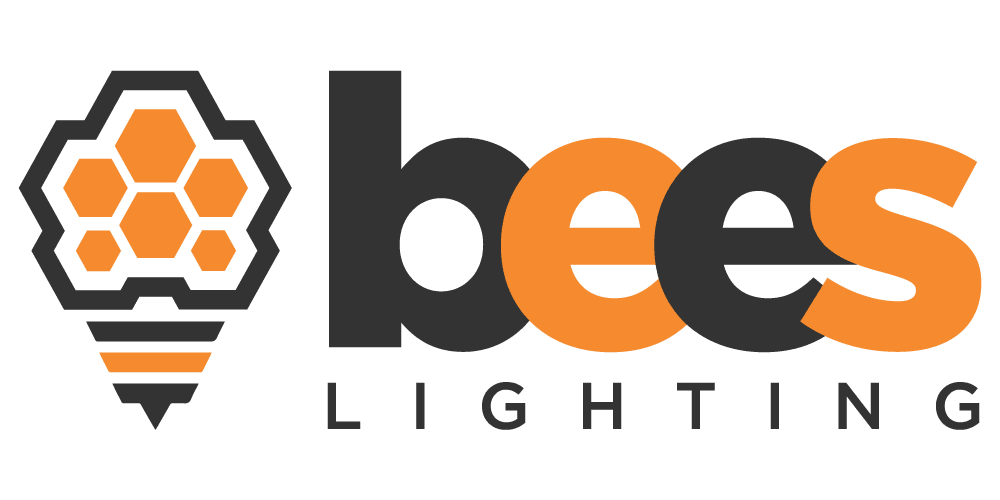

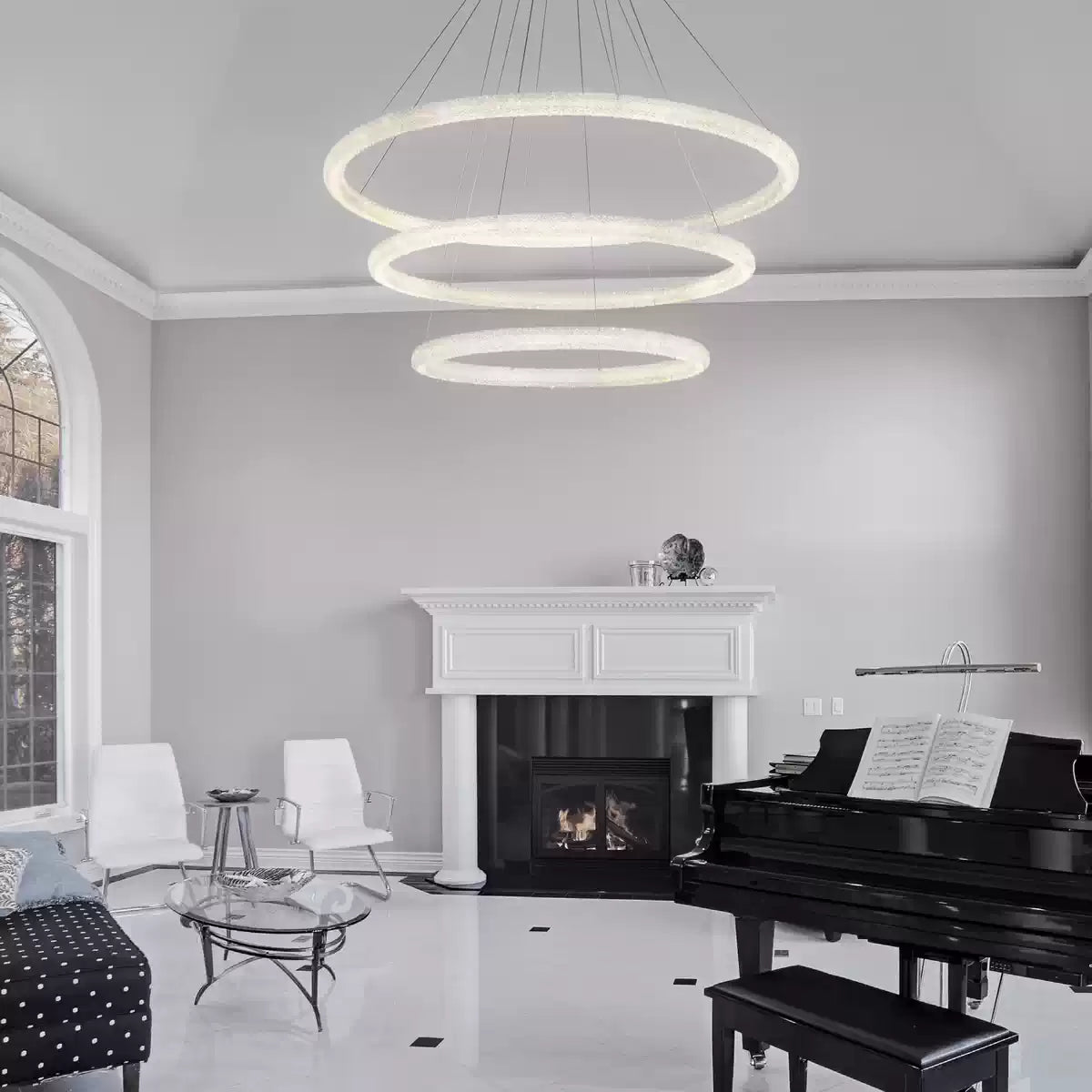
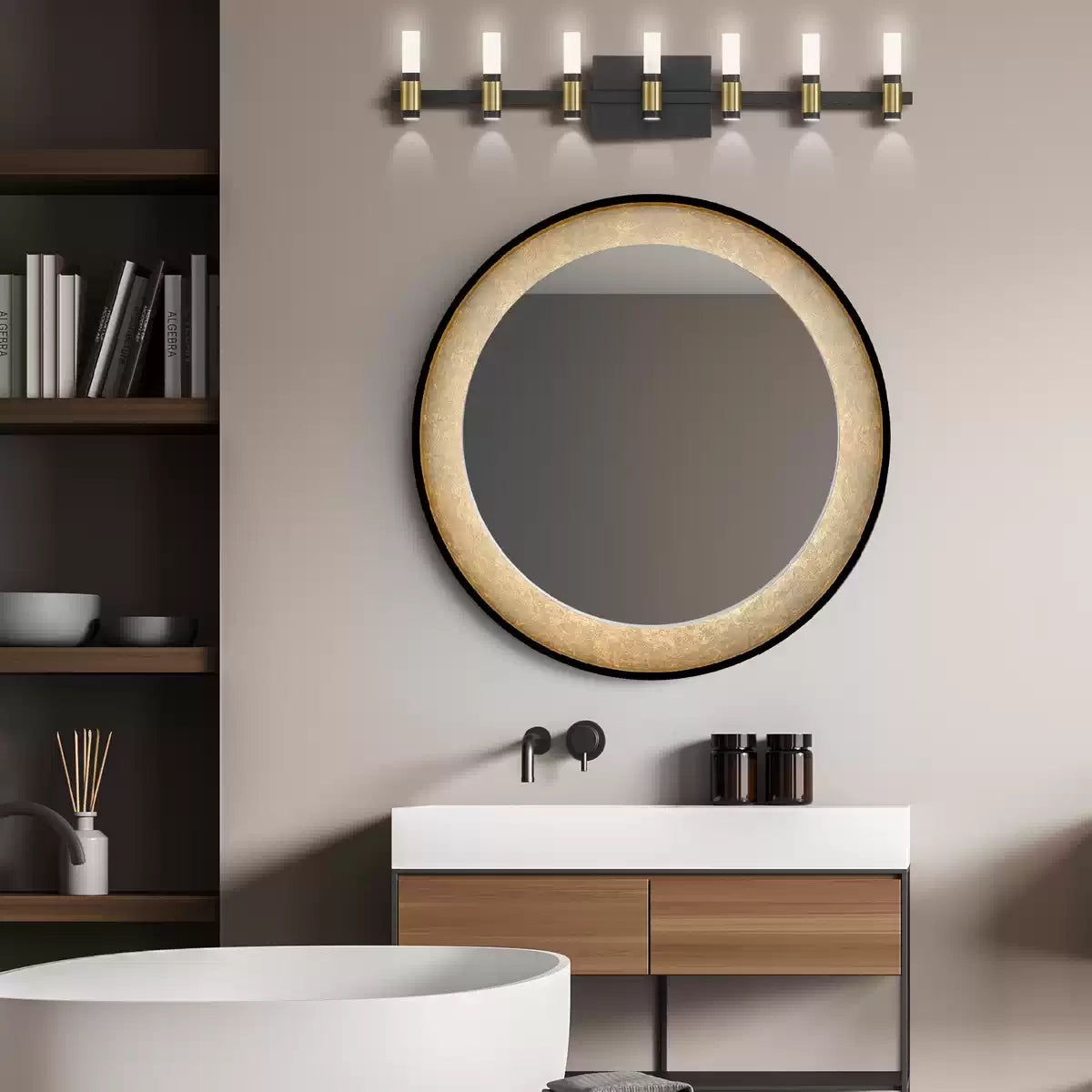
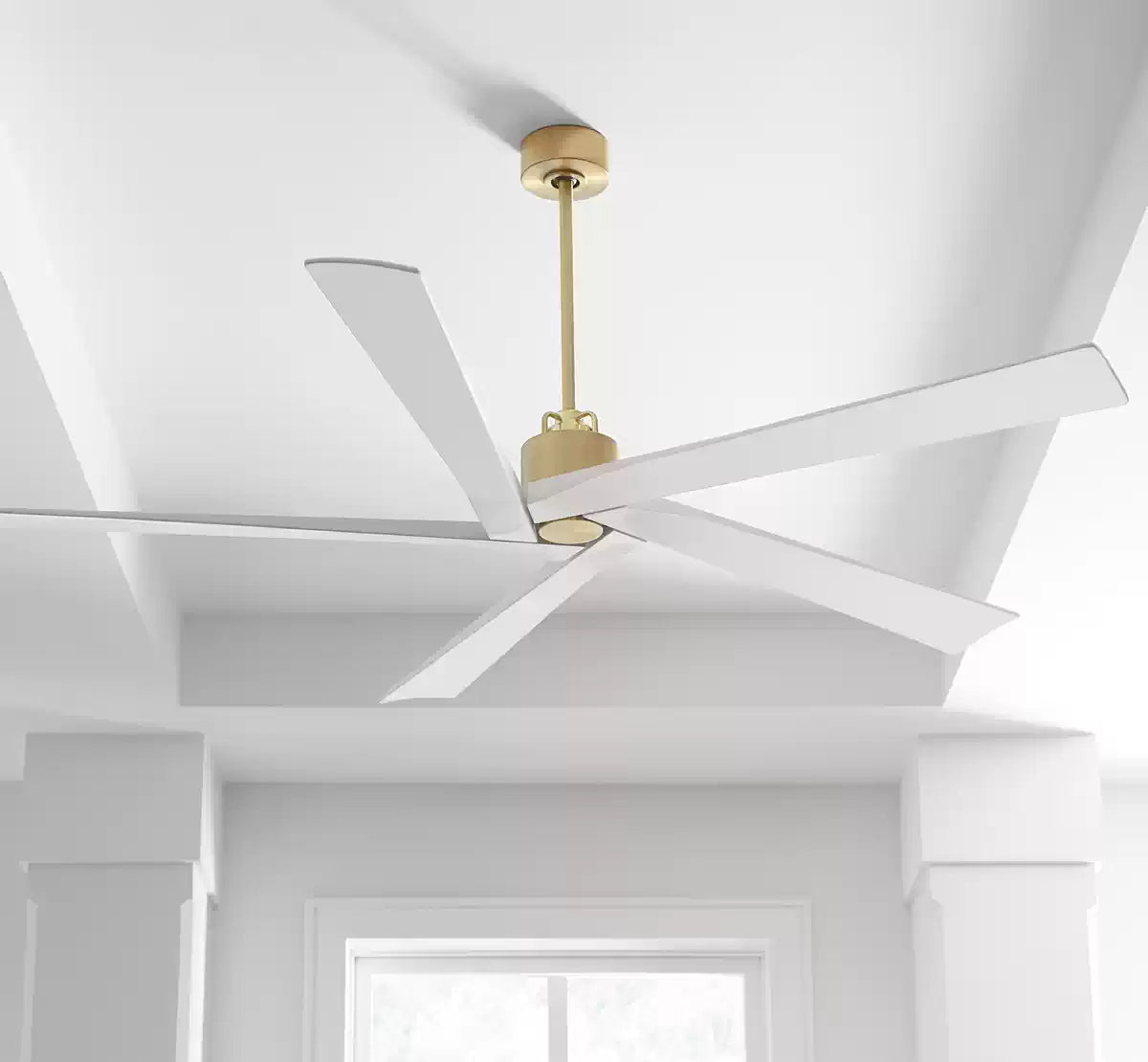
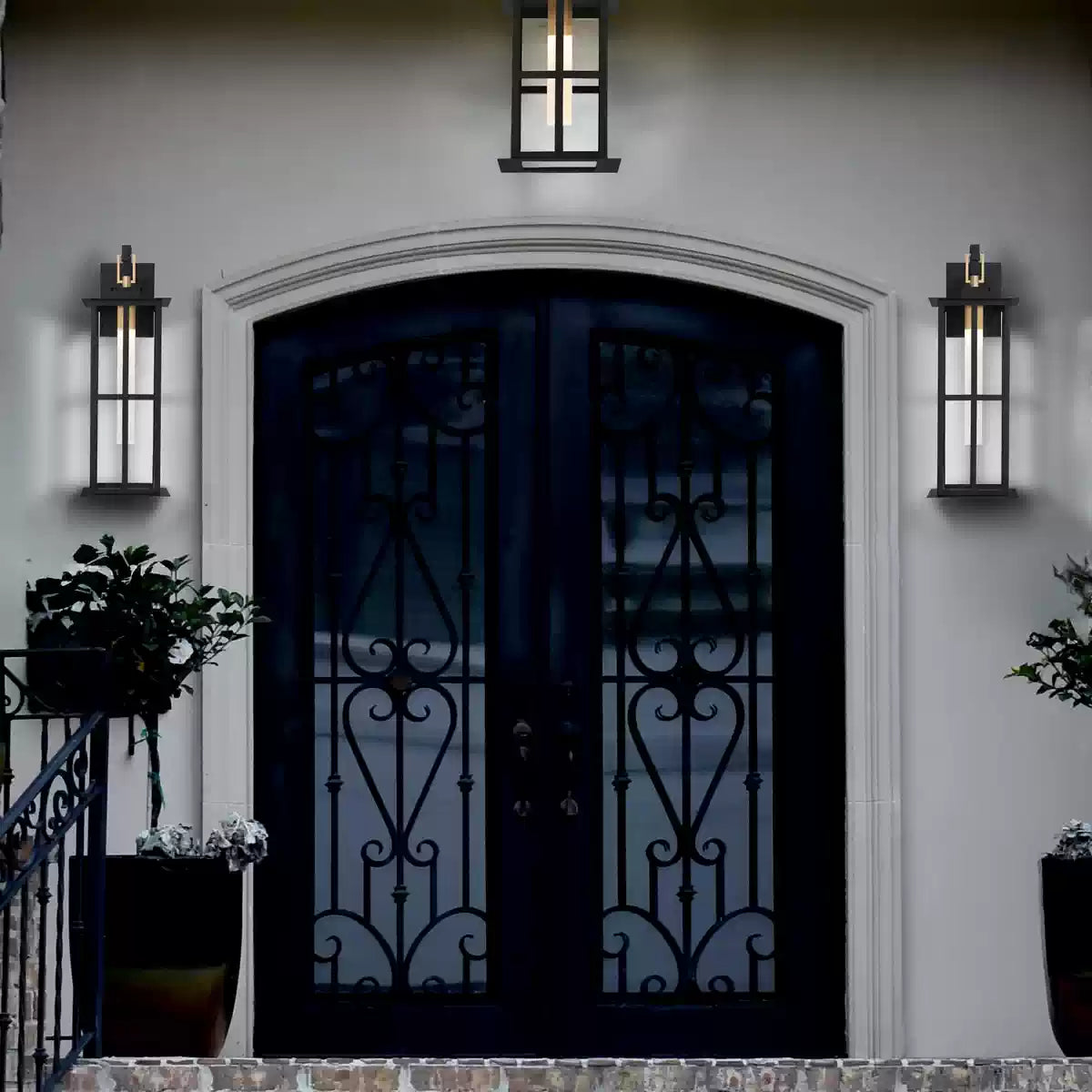
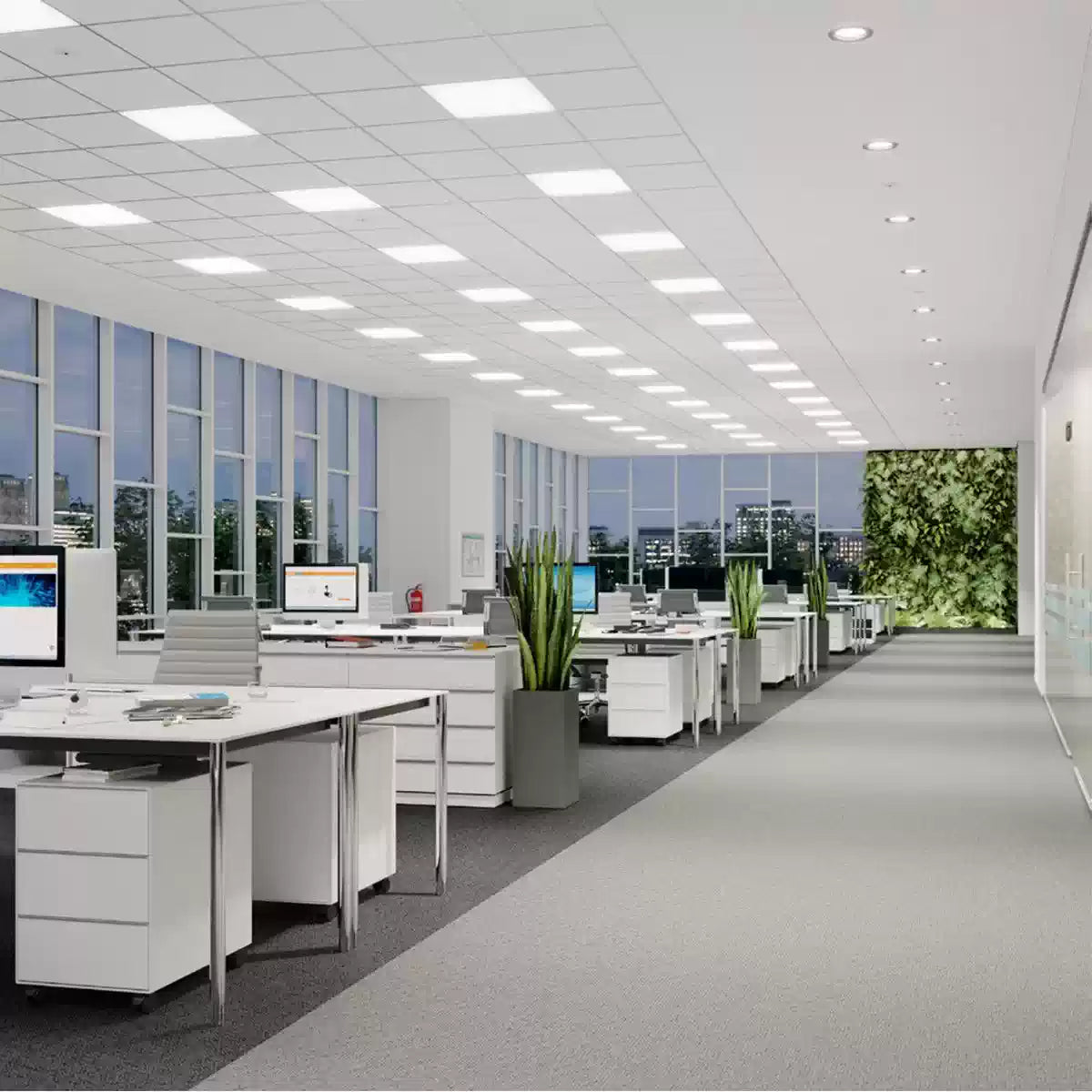
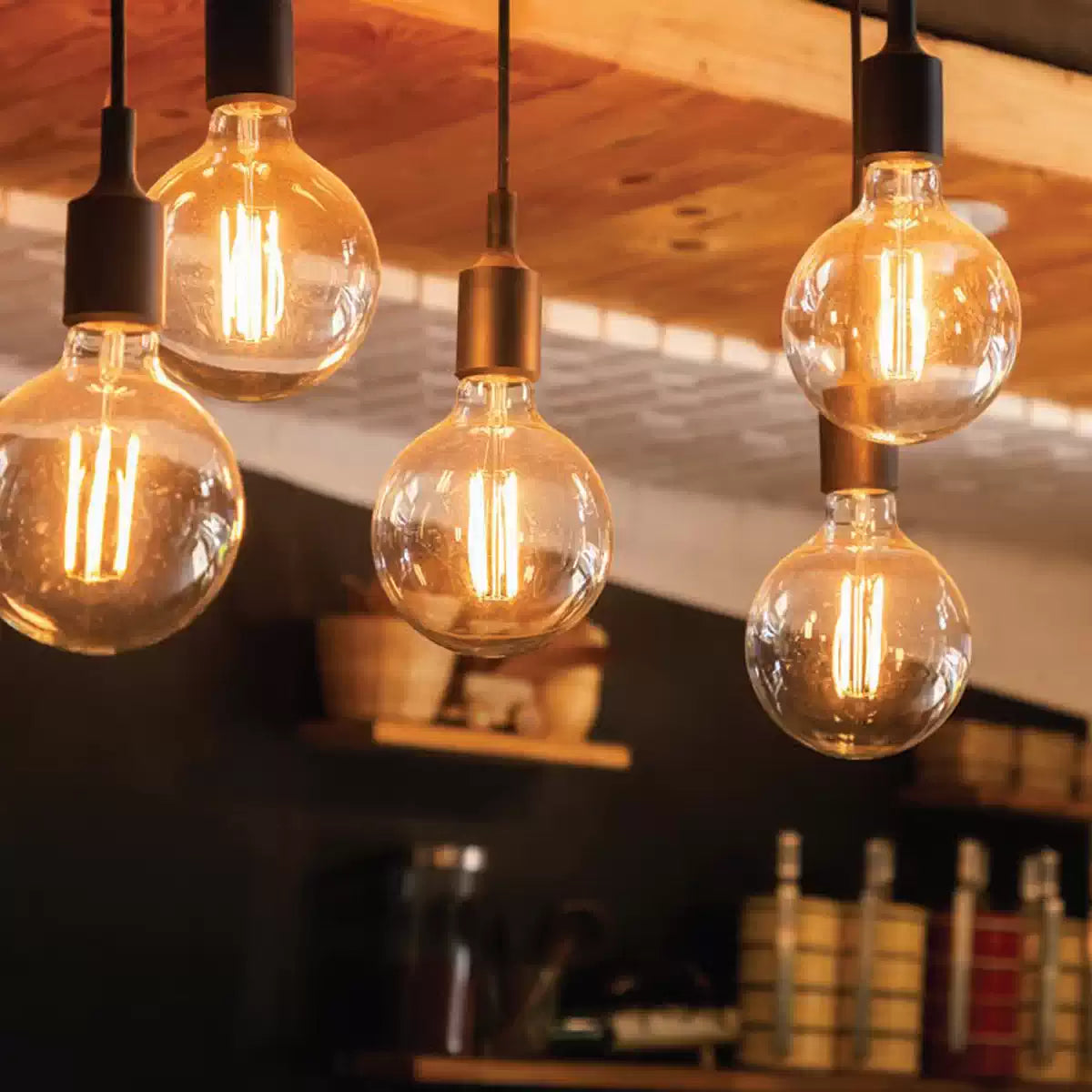








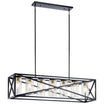





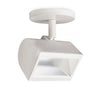



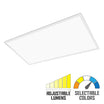
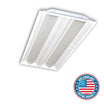
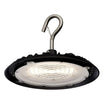
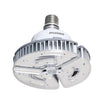




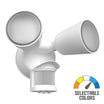






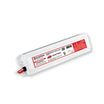
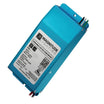
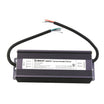
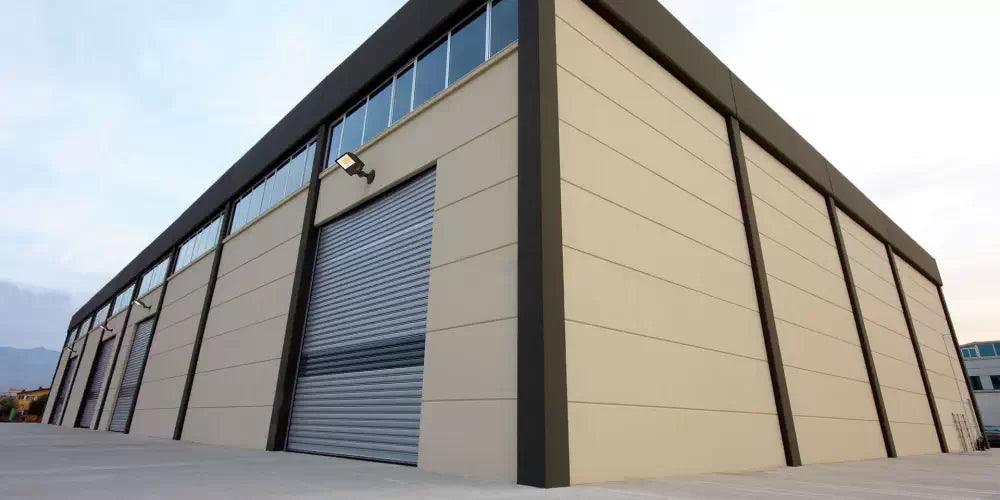
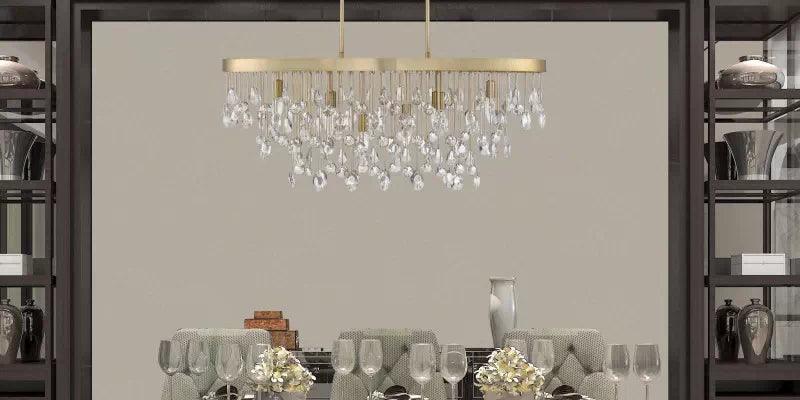

Leave a comment
All comments are moderated before being published.
This site is protected by hCaptcha and the hCaptcha Privacy Policy and Terms of Service apply.